Complete Cable Decline Press Exercise Guide
Learn everything about Cable Decline Press exercise including proper form, muscles worked, benefits, variations, alternatives, and common mistakes to avoid.
Muscles Worked & Equipment
Primary Muscles
Secondary Muscles
Equipment Needed
Muscle Categories
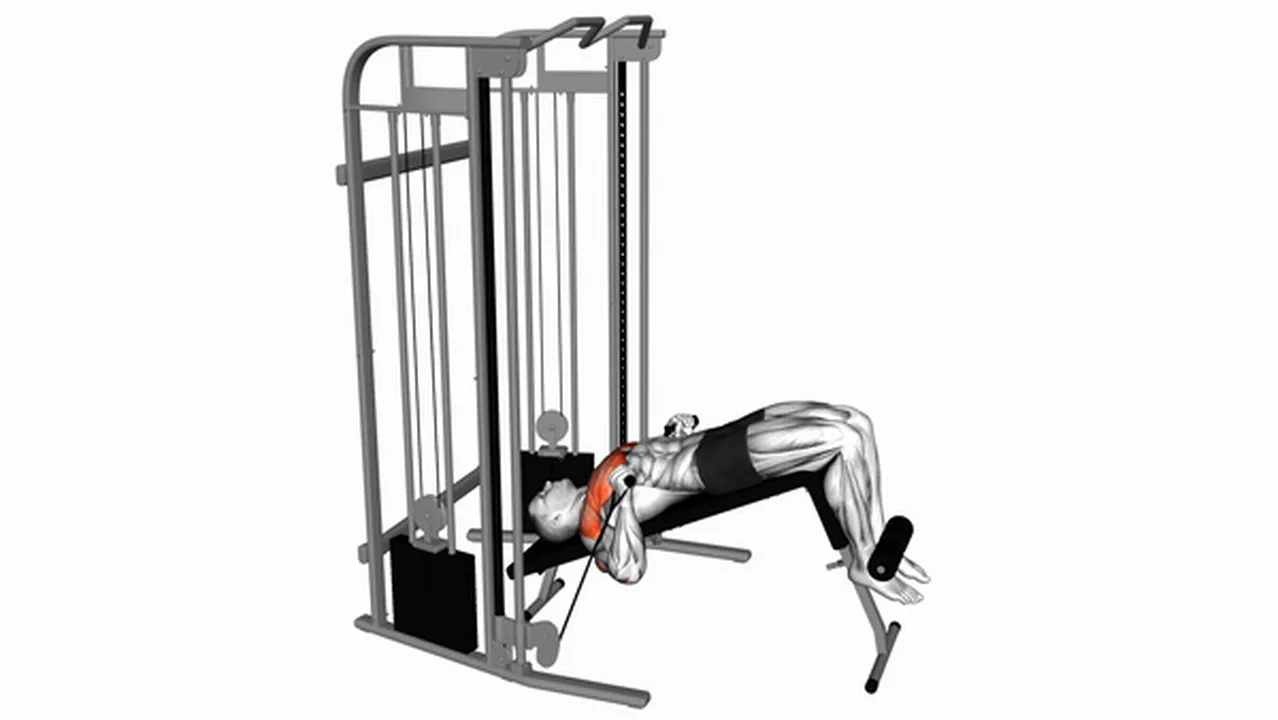
Introduction
1.
It's a good exercise because the cable machine keeps your muscles working hard the whole time you're doing it.
2.
This constant tension helps build bigger and stronger chest muscles.
3.
It also helps improve the stability of your chest and shoulders.
4.
This exercise is good for everyone, no matter what your fitness level is.
5.
You can easily add it to lots of different workout plans: workouts for your upper body, chest-only workouts, or even full-body workouts.
6.
Whether you want bigger muscles, more strength, or just to get better at exercise, this exercise can help.
7.
You'll see results if you add it to your routine!
 Zylo AI
Zylo AI
Free Calorie
Counter
App
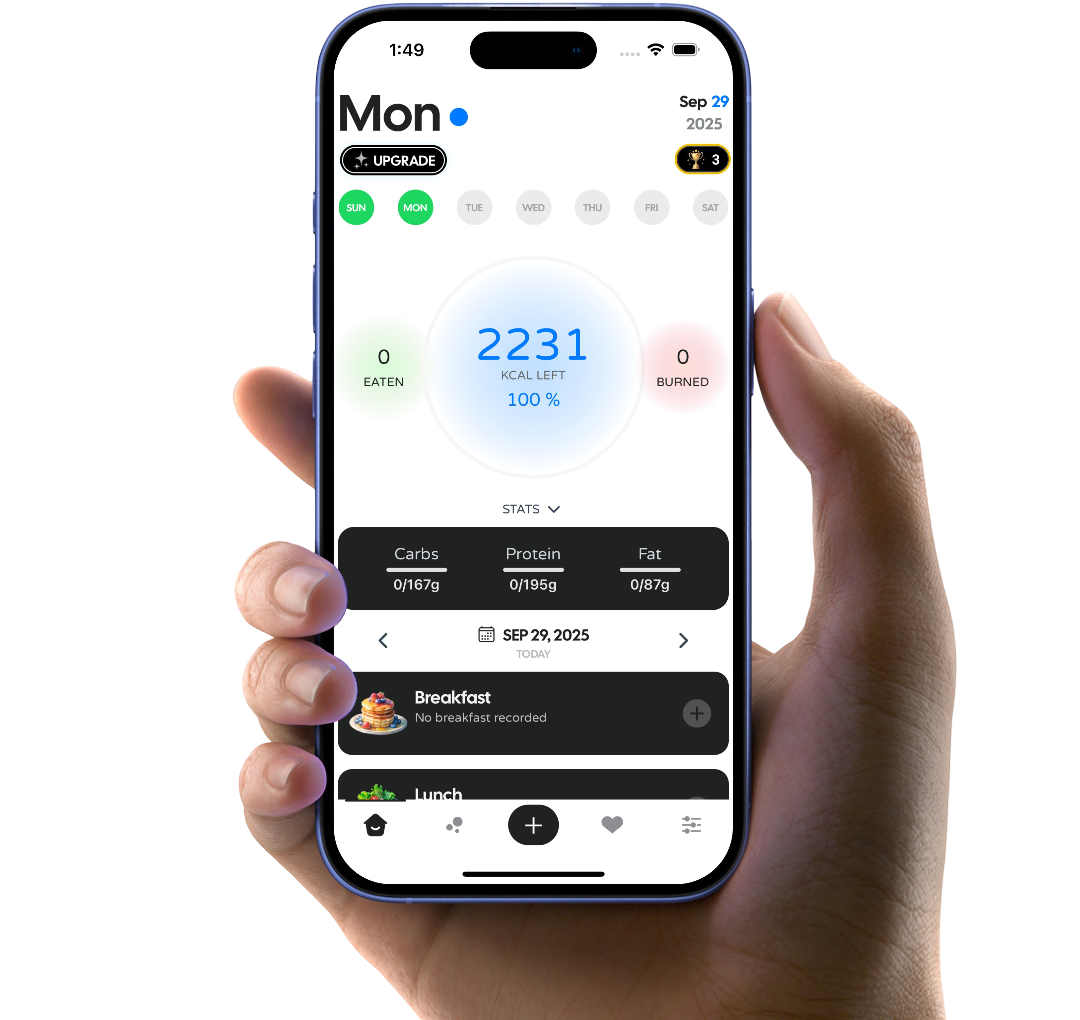





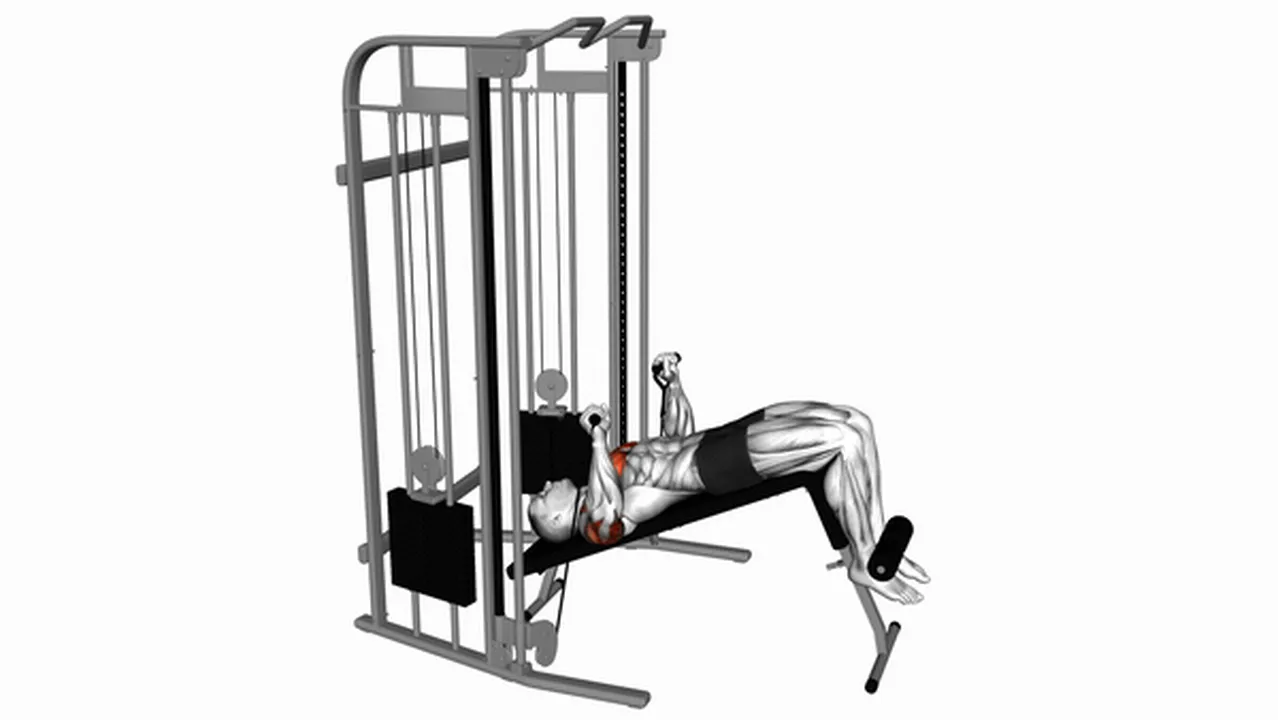
What are the benefits of Cable Decline Press?
1.
Keeps your muscles working hard: The cables provide constant tension throughout the exercise. This means your muscles are engaged from start to finish, leading to a more effective workout.
2.
Easy to adjust for all fitness levels: Whether you're a beginner or a seasoned weightlifter, you can easily adjust the weight and incline to match your strength and fitness goals.
3.
Gentle on your joints: Compared to using free weights, the Cable Decline Press is often easier on your shoulders and elbows. This makes it a good option if you have any joint pain or injuries.
4.
Helps you improve your form: Because the cables provide constant tension, you'll likely find it easier to maintain good form throughout the exercise. This reduces your risk of injury and helps you target your chest muscles more effectively.
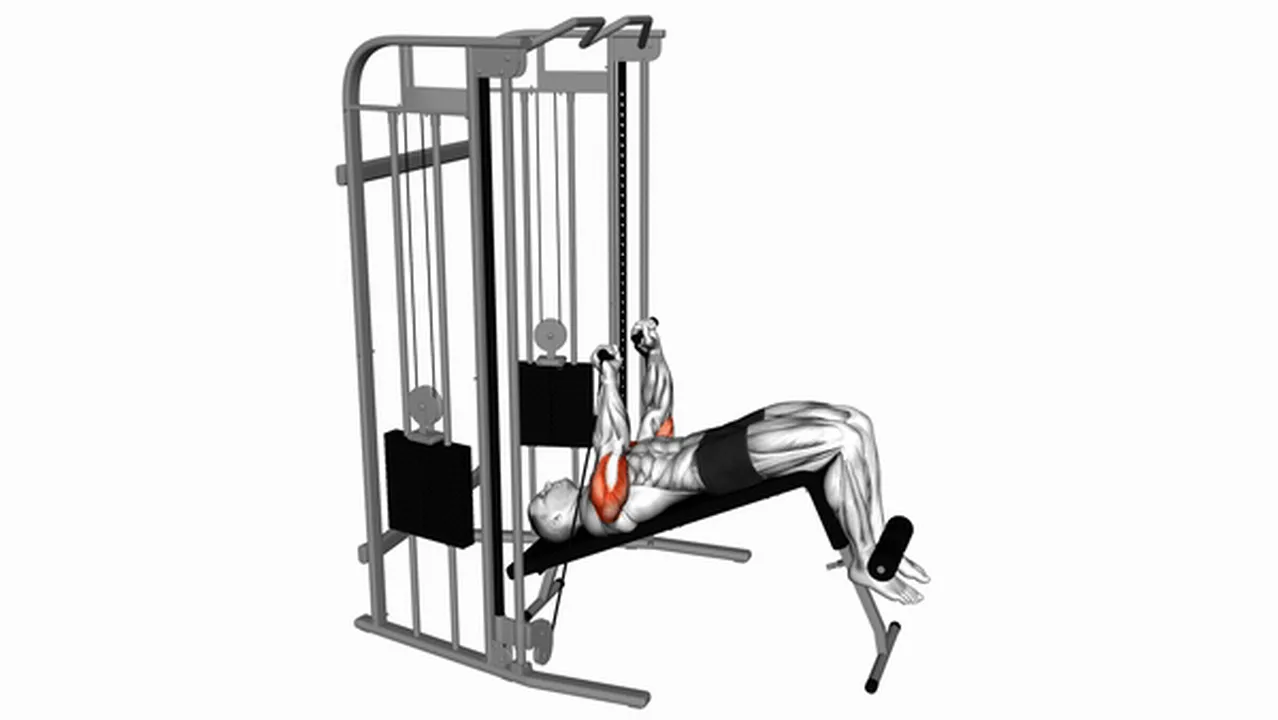
How to do Cable Decline Press?
1.
Get Set: Sit on a decline bench that's steady. Hold the handles, palms facing forward. Make sure you're sitting comfortably and the bench is secure.
2.
Starting Position: Lean back on the bench. Pull the handles down to your shoulders, keeping your elbows slightly bent. This is your starting point.
3.
The Press: Push the handles forward and slightly downward. Straighten your arms slowly and steadily. Control the movement – don't just let the weight drop.
4.
Coming Back: Slowly bring the handles back to the starting position. Don't let the weights slam against the machine.
5.
Repeat: Do 8 to 12 repetitions. Then rest and do this 3 to 4 times in total.
6.
Important Tip 1: Keep your stomach muscles tight throughout the exercise. This helps protect your back.
7.
Important Tip 2: Try to keep your elbows close to your body. Don't let them stick out to the sides. This helps prevent injury.
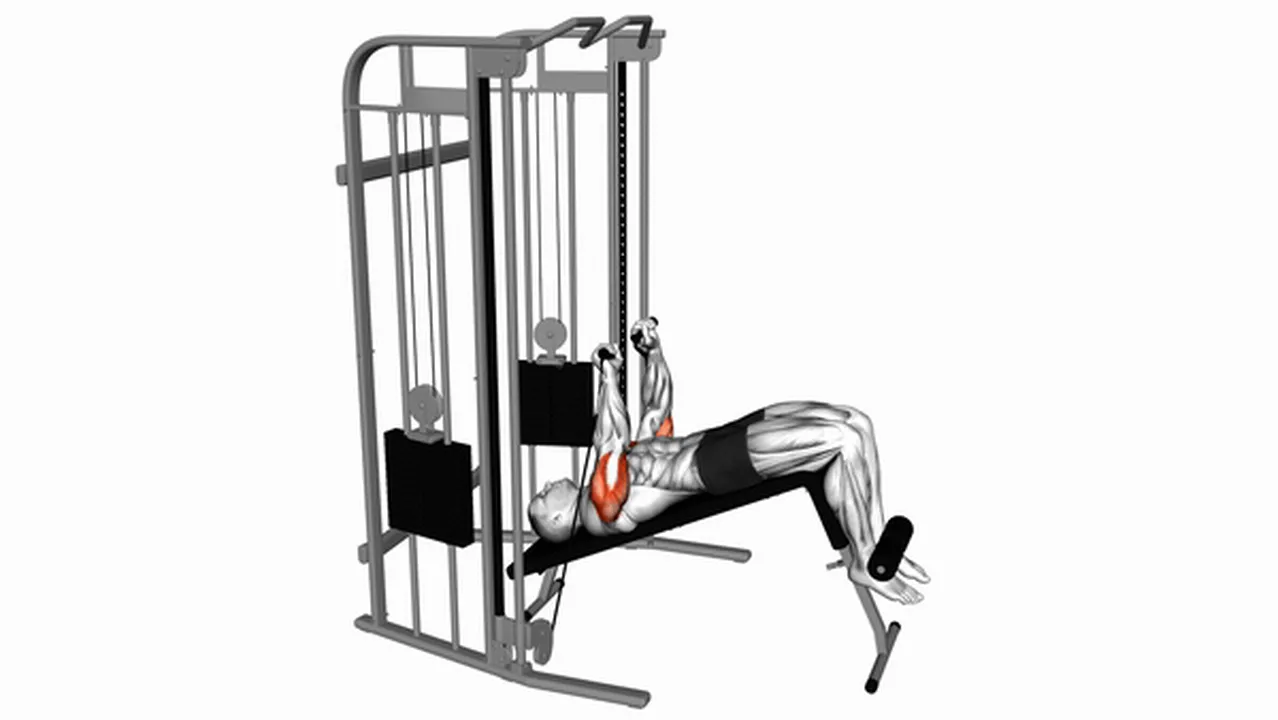
Common Cable Decline Press variations
1.
Dumbbell Decline Press: This exercise is like the cable decline press, but you use dumbbells. Holding the dumbbells with your palms facing each other (hammer grip) helps you feel the muscles working more and keeps you steady.
2.
Decline Dumbbell Flyes: This exercise also targets your lower chest. The movement is different, letting your chest muscles stretch and squeeze more fully. Using dumbbells allows for a good range of motion.
3.
Cable Crossovers (Standing): While this exercise works your whole chest, it hits the lower part too. The angle is different from the decline press, giving your muscles a fresh challenge. The cables keep your muscles working hard throughout the whole movement.
4.
Variety is key! Switching up your exercises helps you avoid getting stuck in a rut. It keeps your workouts interesting and helps your muscles grow stronger.
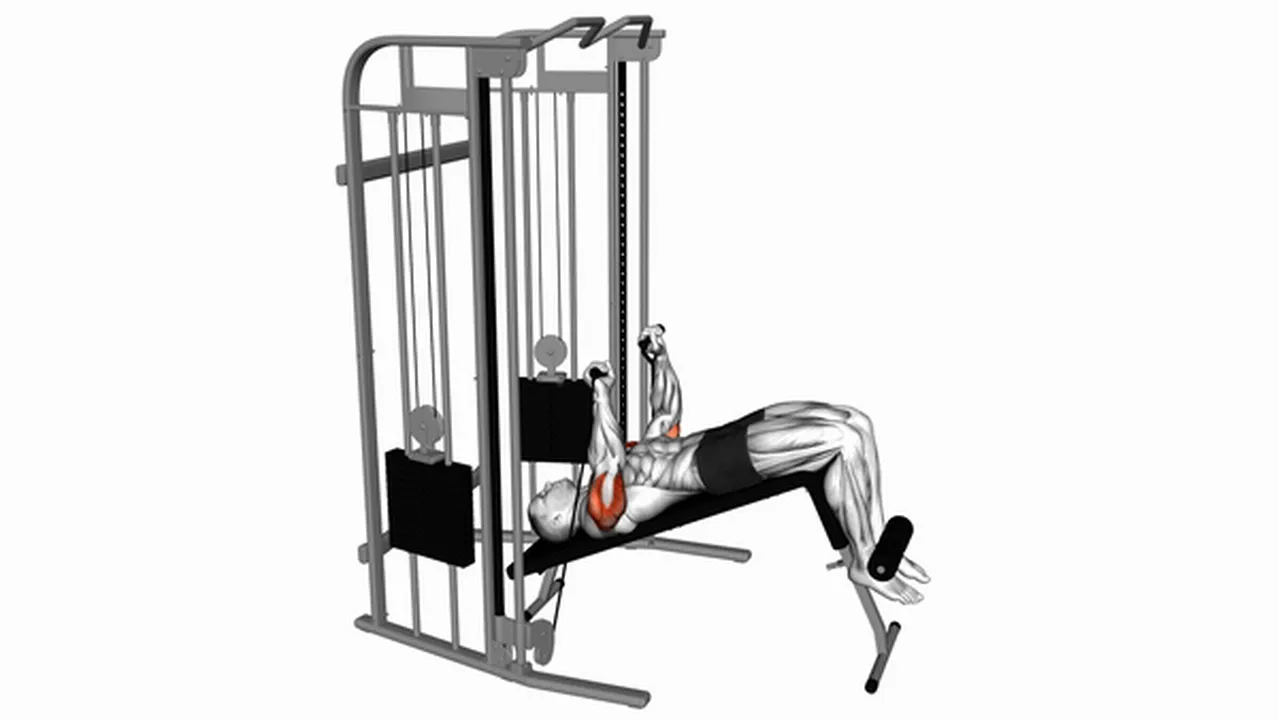
Alternatives to Cable Decline Press
1.
Cable Decline Fly: This exercise is like a cable decline press, but it focuses more on squeezing and stretching your lower chest muscles. This helps build more muscle definition and strength because your muscles are working hard throughout the whole movement.
2.
Why is this good? The cables keep your muscles working even when they are stretched out, which is really good for muscle growth.
3.
Cable Standing Crossovers: This exercise works your chest muscles from a slightly different angle. Instead of pushing straight down, you're bringing the cables across your body.
4.
What are the benefits? It still builds your chest, but it also uses your shoulders and triceps a bit more, giving you a more complete workout.
5.
These exercises are all similar, but they work your chest muscles in slightly different ways. This is important because it helps you build a balanced and strong chest.
6.
Try all three exercises to find which ones you like best and which ones work best for you. Remember to listen to your body and stop if you feel any pain.
 Zylo AI
Zylo AI
Free Calorie
Counter
App






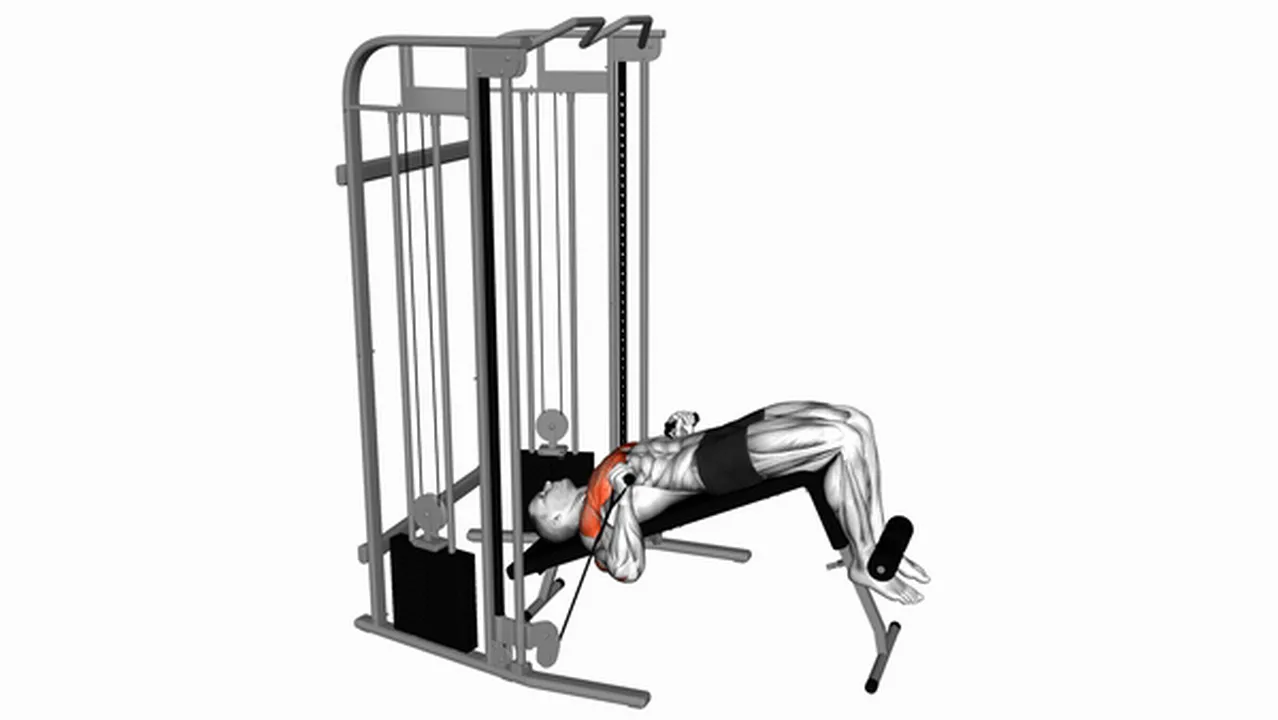
Common mistakes during Cable Decline Press
1.
Find the Right Angle: A bench that's too steep focuses on your upper chest, not your lower chest. Adjust the bench to a comfortable decline angle that targets your lower pecs. A slight decline is usually best for beginners.
2.
Don't Lift Too Much: Using heavy weights can make you use bad form. Start with lighter weights to learn the correct movement. Once you feel comfortable and your form is good, you can gradually add more weight.
3.
Keep Your Elbows Tucked: If your elbows stick out to the sides, your shoulders will get stressed. Keep your elbows close to your body during the whole exercise. This helps protect your shoulders and focuses the work on your chest.
4.
Listen to Your Body: Pay attention to how your body feels. If something hurts, stop immediately. Proper form and gradual weight increase are key to preventing injuries.
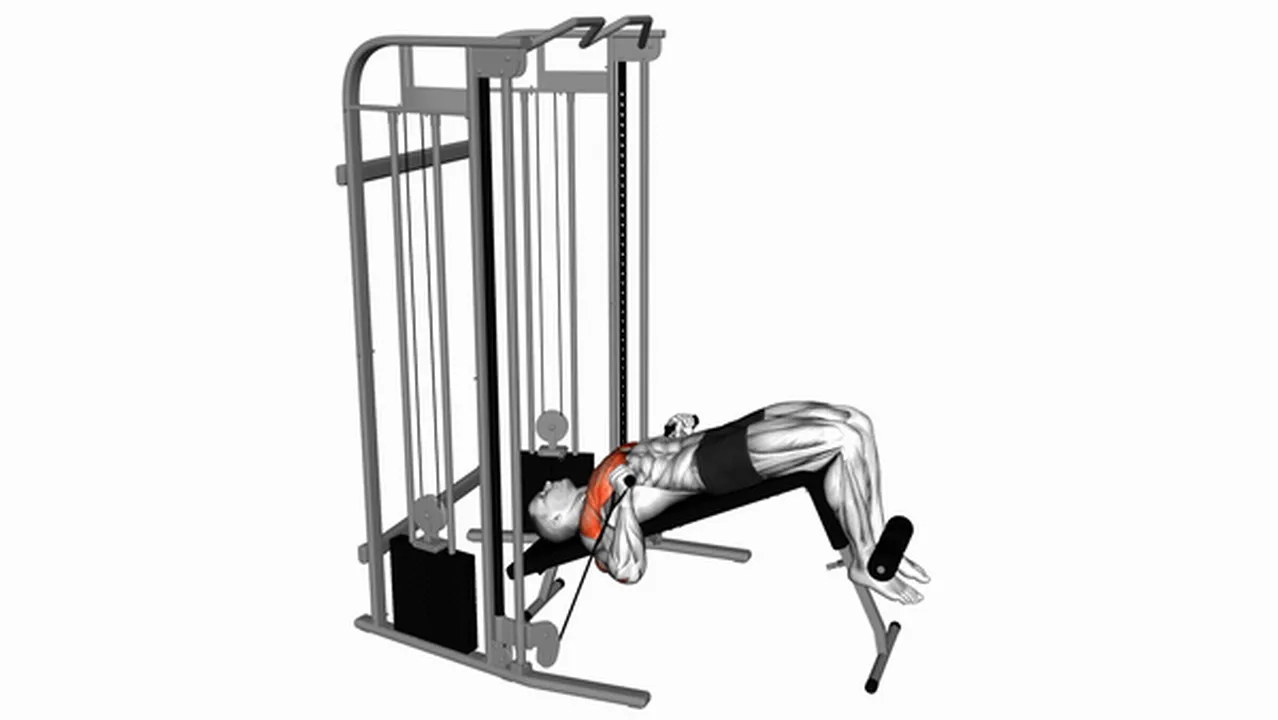
Takeaway
1.
Improved upper body strength: This exercise helps make your whole upper body stronger.
2.
Proper form is key: Doing the exercise correctly is very important to avoid injuries and get the best results. Focus on controlled movements and avoid jerking the weight.
3.
Avoid common mistakes: Many people make mistakes when doing this exercise. Watch videos or ask a trainer to show you the right way to do it. This will help you avoid injuries and get better results.
4.
Start slowly and gradually increase: Begin with lighter weights and fewer repetitions. As you get stronger, you can gradually add more weight and repetitions.
5.
Track your progress: Keep a record of how many repetitions you do and how much weight you use. This will help you see how much stronger you are getting.
6.
Listen to your body: If you feel any pain, stop the exercise and rest. Don't push yourself too hard, especially when starting.
 Zylo AI
Zylo AI
Free Calorie
Counter
App






Disclaimer: The routines and schedules featured on our website are for informational purposes only and do not constitute medical or professional advice. Individual preferences, goals, and daily routines may vary significantly. Please note that some product links within our content are affiliate links. While not all routines have been explicitly endorsed by the individuals mentioned, we strive to ensure the accuracy and timeliness of the information we provide.
Disclaimer: Zylo AI(BR) does not provide medical advice, diagnosis, or treatment. Any information published on this website or by this brand is not intended as a replacement for medical advice. Always consult a qualified health or mental health professional with any questions or concerns about your mental health.
